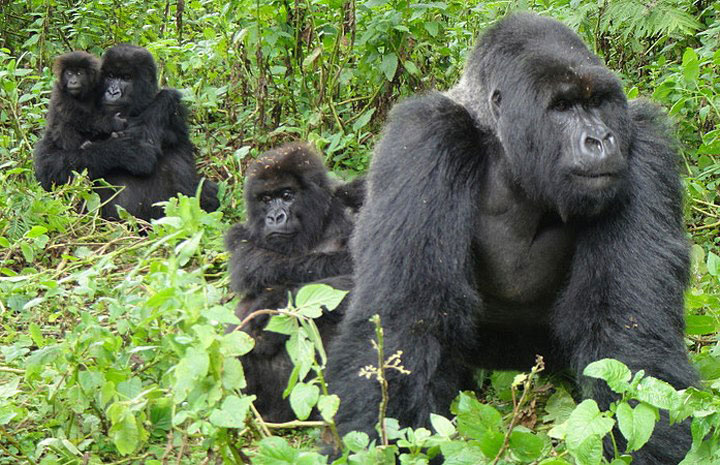
The Forest is famous for 414 Species of Trees and Shrubs including the Ficus, Prunus Africana, the Stroboia, and Parinari among others.
In addition to an alluring variety of forest birds, Kalinzu protects six diurnal primate species: chimpanzees, olive baboon, black and white Colobus and red-tailed, blue and L’Hoest monkey, as well as the rare pygmy antelope. Nocturnal primates such as potto, and two varieties of galago can be sought on night walks, when you are also likely to hear the eerie shrieking of the tree hyrax.
The 2001 Primate Census put the total number of Chimpanzees in the Reserve at approximately 240. However, only two Groups of about 70 can be accessed by both Researchers and Tourists.
The Forest also harbours 378 Species of Birds such as the Great Blue Turaco, Black and White Casket, Cuckoos and Sunbirds.
Other varieties of Species include 262 Butterflies, 97 Moths, Reptiles and Flowers.
Because of its proximity to the Queen Elizabeth National Park, the Forest Reserve occasionally provides refuge to Savannah Grassland Species such as the Duikers, Leopards and Wild Pigs.
Tourist Activities in Kalinzu Forest
Tourist activities in the Reserve include
· Chimps tracking allowing 4 visitors per day at US Dollars 50 per person..
· Forest Walks,
· Conservation Education,
· Birding,
· Butterfly Identification,
· and small Mammal viewing.
How to Get to Kalinzu
Kalinzu Forest Reserve is located in Bushenyi District in western Uganda. It is approximately 375 km. (six hours drive) from the Capital City of Kampala. Because of the Albertine Terrain with old logging and winding roads, a four – wheel drive vehicle is recommended.
Accommodation while at Kalinzu
Accommodation in the Reserve is still informal with only a do-it- yourself Camping Site at the Forest Station at Nkombe. Visitors are advised to carry their own Tents. Visitors can also seek modest accommodation in Bushenyi/Ishaka Townships.
For Reservations, please contact the Range Manager on Tel: 256-41-0772 458389
Related posts
Kyambura Gorge Chimpanzees and the River of the Bl...
Why You Must Visit Bigodi Wetland, Kibale and Fort...
What to expect from a safari to Kibale National Pa...
Kalinzu Forest Reserve–A Natural Forest beaming with Chimps, Primates, butterflies, rear birds, etc
Special Tours to See chimpanzees, Gorillas and other Primates
3 Days Chimps Tracking tour in Kibale National Park
Rwanda chimpanzees tour- 4 days
5 Days Gorilla Tracking and Chimps Tour in Uganda
5 Days Gorilla Tracking and Chimps Tour in Rwanda
Gorillas, chimpanzee, wildlife - 7 days
12 Days Primates (chimps, gorillas, monkeys) tour in Uganda
9 days Primates and Wildlife tour in Uganda
1 Day Ngamba Island Chimps tour
Tours to Kalinzu
Contact us if you would like us to include Kalinzu Forest on your tour program, or if you would like any more information about visiting Kalinzu Forest Reserve.
Tours to nearby places
3 days Queen Elizabeth National Park Tour
5 days: Uganda Kibale Forest and Queen Elizabeth N.Park safari with Chimpanzee tracking, primate walks, and Game drives.
Accommodation and Lodging near Kalinzu Forest Reserve
Kyambura Game Lodge
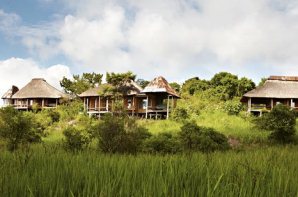
This eco-lodge is perched above the Kyambura Gorge at the edge of Queen Elizabeth National Park in Uganda.
Learn more >>
Queen Elizabeth Bush Lodge
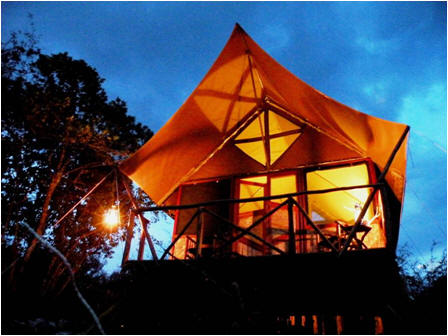
Located close to as well the chimpanzee tracking in Kyambura Gorge as to the prime game viewing areas in the park, it forms an excellent base for your exploration
Learn more >>
Mweya Safari Lodge
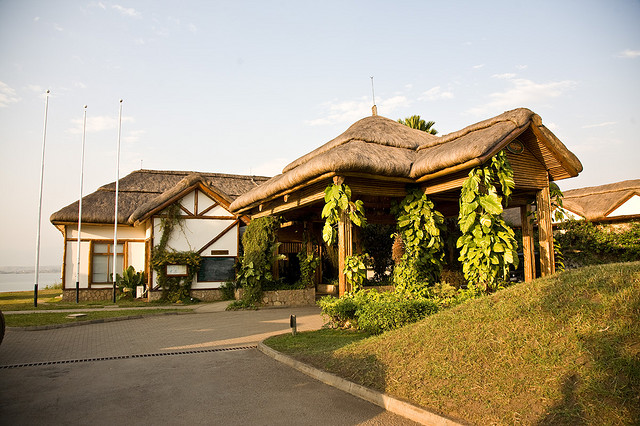 One of the most beautifully situated lodges in Uganda, facing the bank of Kazinga Channel which routinely attracts large herds of buffalo, elephant, and incredible views of the "Mountains of the Moon" - the Rwenzoris. Learn more >>
One of the most beautifully situated lodges in Uganda, facing the bank of Kazinga Channel which routinely attracts large herds of buffalo, elephant, and incredible views of the "Mountains of the Moon" - the Rwenzoris. Learn more >> Jacana Lodge

in the center of Queen Elizabeth National Park, a fifteen minute drive from the main road, but the scenery is nice. The lodge is on a beautiful lake in the forest. Many monkeys, some hippo-sounds at night. Learn more >>
Katara Lodge
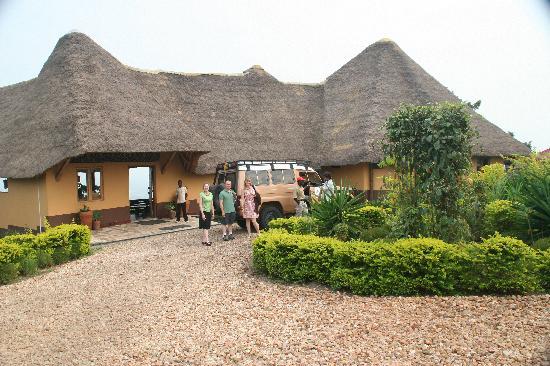
Katara lodge is a little way out of Queen Elizabeth National Park and in a small village but with fabulous views from the lodge (about 30mins from the main game drives in Queen Elizabeth National Park). Learn more >>







